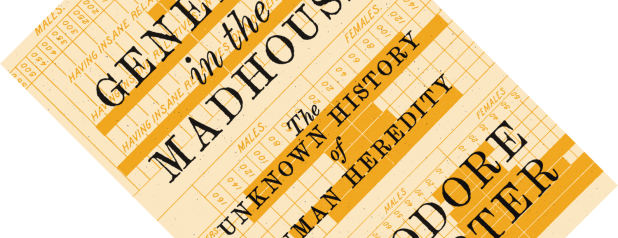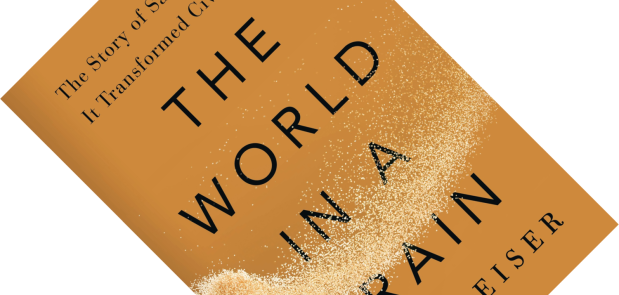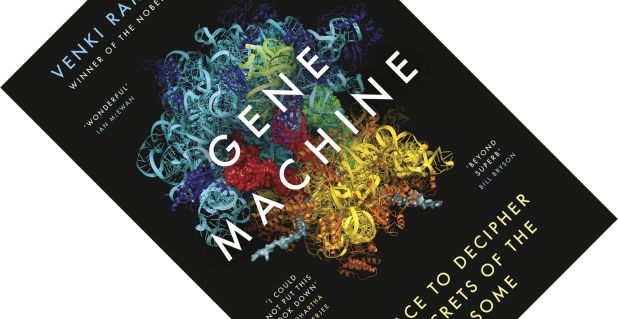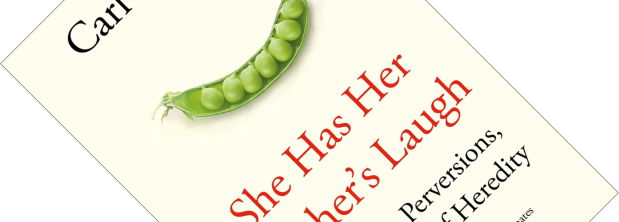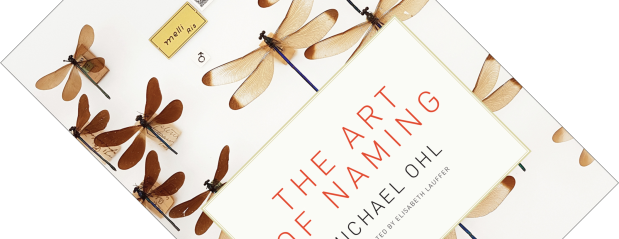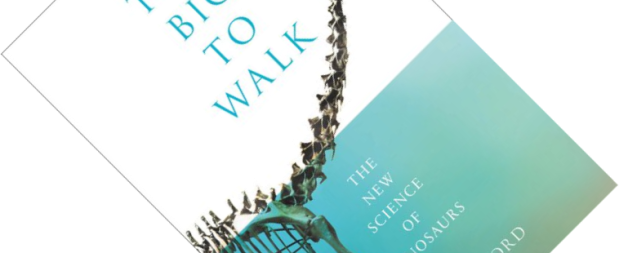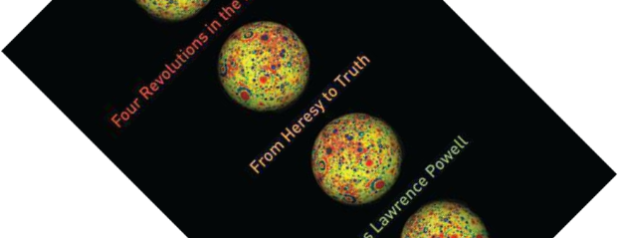This review is part of a double bill. Cold Spring Harbor Laboratory Press recently published How Scientific Progress Occurs: Incrementalism and the Life Sciences. In it, Elof Axel Carlson explores the relevance to biology of the ideas Kuhn formulated in his book The Structure of Scientific Revolutions. This is one of those classics already on my to-do list, so I have read both books back-to-back and will review them one after the other. Anyway, who is this Kuhn and why should you care? Virtually everyone will have heard the buzzwords “paradigm” and “paradigm shift” – and for that, you can thank Kuhn.
history of science
Book review – Genetics in the Madhouse: The Unknown History of Human Heredity
Ask most biologists about the history of genetics and they will likely mention Watson and Crick’s 1953 discovery of the double helix structure of DNA or the work of the monk Gregor Mendel that showed a simple form of trait inheritance. Professor of History Theodore M. Porter contends that there is another, largely forgotten side to this story. Long before words such as genetics and genes had been coined, the fledgeling discipline of psychiatry was recording details of patients in mental asylums, collecting vast amounts of data on human heredity. Genetics in the Madhouse is a deep dive into the archives to reveal this little-known history.
Book review – The World in a Grain: The Story of Sand and How It Transformed Civilization
Human civilisation is hungry for many resources, and I feel that there is a general awareness that we are taking more than the planet can provide. Deforestation, overfishing, fossil fuel exploitation – I’d like to think these are all familiar concepts. But who knew that we have a sand crisis looming in our near future? Journalist Vince Beiser has written a hard-hitting reportage that convinces that, despite its ubiquity, even humble grains of sand are a finite resource.
Book review – Gene Machine: The Race to Decipher the Secrets of the Ribosome
DNA has lodged itself in the public imagination as the “blueprint” of life and as other, often slightly deceiving, metaphors. But what happens next? How do organisms actually get anything done with the information coded in DNA? For biologists, this is standard textbook fare: DNA is copied into single-stranded RNA which is then translated, three letters at a time, into amino acids that, when strung together, make up the workhorses of the cell: proteins. The cell organ, or organelle, that does the latter part is the ribosome, which Venki Ramakrishnan introduces here in Gene Machine. He has written a riveting first-hand account of the academic race to describe its structure, and how, in the process, he bagged a shared Nobel Prize in Chemistry in 2009.
Book review – She Has Her Mother’s Laugh: The Powers, Perversions, and Potential of Heredity
If Charles Darwin were to walk into my office today and ask me: “So, what did I miss?” I think I would sit the good man down with a copy of She Has Her Mother’s Laugh, telling him: “Here, this should get you up to speed”. Darwin struggled to explain how traits were being inherited from generation to generation. As New York Times columnist Carl Zimmer shows in this wide-ranging book, the story of heredity has turned out to be both diverse and wonderful, but has also been misappropriated to prop up some horrible ideologies.
Book review – The Art of Naming
In my review of Kemp’s The Lost Species: Great Expeditions in the Collections of Natural History Museums, I highlighted the importance of naming species and the rich vein of undiscovered species hiding in museum collections around the world. But how does the naming of species work? And what complications can arise? With The Art of Naming, Michael Ohl has written a surprisingly engaging book on the potentially stuffy topic of taxonomical nomenclature that beautifully complements Kemp’s work.
Book review – Unnatural Selection
Six years ago (is it already that long?) Katrina van Grouw blew me away with her gorgeously illustrated book The Unfeathered Bird, which gave a unique insight into bird anatomy. Her new book, Unnatural Selection, again features her unique combination of accessibly written text and lavish illustrations. The book celebrates the 150th anniversary of Charles Darwin’s The Variation of Animals and Plants under Domestication. In this and in On the Origin of Species, Darwin frequently referred to the rapid changes that breeders could bring about in plants and animals to make evolution understandable. And yet, biologists and naturalists don’t generally hold breeders and their breeds in high regard. In that sense, Unnatural Selection also celebrates their work and knowledge.
Book review – The Spinning Magnet: The Force That Created the Modern World – and Could Destroy It
If you have used a compass, you will know our planet has a magnetic North and South pole. You might even be aware that the geographical and magnetic poles are not exactly in the same location. The magnetic poles have a tendency to wander with time. They can even swap places, and we have evidence of a long history of such geomagnetic reversals in the rock record. But how does this happen? And what would the consequences be if this happened today? Earth’s magnetic field offers protection against radiation from outer space, primarily from the sun, so if this field weakens or changes, what will happen to us and our electrical infrastructure? Join science journalist Alanna Mitchell as she explores this topic and delves into the history of electromagnetism.
Book review – Too Big to Walk: The New Science of Dinosaurs
Every academic discipline has a few, the contrarian naysayers who steadfastly believe their idea is true, even if it flies in the face of natural laws and mountains of evidence to the contrary. Physicists have to contend with inventors of perpetual motion machines, astronomers and geographers have to put up with the growing legion of flat-earthers, and palaeontologists are now faced with this. Ladies and gentlemen, allow me to introduce Brian J. Ford and his amazing aquatic dinosaurs.
Book review – Four Revolutions in the Earth Sciences: From Heresy to Truth
Try as we might, science is very much the work of human beings with all their foibles. As such, scientific advances aren’t always straightforward and can run into opposition within scientific circles when new ideas run counter to currently established ones. In Four Revolutions in the Earth Sciences, American geologist James Lawrence Powell demonstrates this by taking the reader through the history of four ideas in the earth sciences that initially weren’t accepted. This was a book I very much wanted to read.


